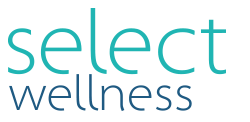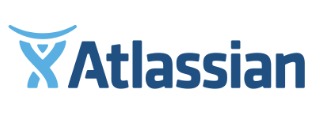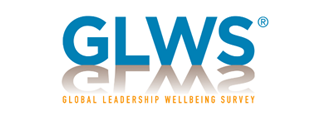Case Study: GLWS | Atlassian
Overview
The program used GLWS to assess an individual’s wellbeing and match them with appropriate health programs and interventions.
At the conference, Martine Beaumont from Select Wellness, along with Atlassian HR Director Kellie Egan, presented the results of the program, emphasising the participants’ highly positive experience of participating.
Kellie’s final message at the conference was that “organisations can’t afford not to include GLWS in their wellbeing program”.
Partner
GLWS
Client
Atlassian
What We Did
Wellbeing Assessment Programs
Tailored wellbeing programs outperform all others.
Article source: OHS Alert, 26 October, 2016 www.ohsalert.com.au
An employer with a rapidly expanding workforce has found that individually tailored wellbeing programs provide the most benefits, especially for employees who need extra care.
Software company Atlassian recently piloted a wellbeing program that assessed individual workers’ home and work wellbeing, and matched them with appropriate health programs and interventions.
As a result, the participants reported sleeping better, reduced anxiety, feeling more productive and engaged at work, and being more able to cope with everyday stressful situations, the Work2.0 Wellness@Work Conference in Sydney heard this week.
Atlassian’s global HR business partner, Kellie Egan, told delegates that the organisation’s workforce has doubled every 18 months for the last few years, and it now has more than 2200 employees worldwide. Its Sydney office has about 800 people. Some 87% of these are males in their 30s, and 30% come from overseas.
Egan says the company’s commercial success and rapid growth means all staff are being challenged to keep up, especially those in leadership positions or international workers who are missing the support of friends and family.
“We’ve had to introduce some different policies and practices, and really think about what tools we want to introduce to our workforce,” Egan says.
She says while Atlassian offers a variety of staff health and wellbeing programs, and is consistently ranked as a top Australian employer by the Best Places to Work study, it can be hard to determine if generic programs make a significant impact.
“It feels at times we’ve just scratched the surface and in some of the conversations I have [with employees] it’s very clear that some individuals need a lot more than what we are actually providing,” Egan says. “We have a high culture of fear of failure and everyone wants to be leaders and perfectionists.”
”To actually come forward and say I’m not coping with something isn’t a common characteristic of a majority of our workforce
Kellie EganHR business partner, Atlassian
To tackle the issue, Egan chose six employees from across the organisation who work in challenging and high performing roles, and, with the company’s EAP provider, Select Wellness, assessed both their work and home life using the Global Leadership Wellbeing Survey (GLWS) tool. She says she chose “influential high impact players” to participate in the pilot because if it benefited them, it was likely to benefit everyone.
The participants were provided a comprehensive debriefing session about the survey results, their past and present influences and patterns and themes relating to their wellbeing, Select Wellness CEO Martine Beaumont told the conference.
“Then it was just a short step to connect them to their responsibility in managing [their own wellbeing] and the fact that there were things they could do,” she says.
Beaumont says the participants were then matched with interventions, such as referrals to EAPs or other practitioners, health and fitness recommendations, mobile apps, TED talks, books and online learning modules.
She says the wide range of required interventions, which cover both work and home life, underpins the importance of individually tailored wellbeing programs.
According to Beaumont, a number of the participants said undertaking the survey was therapeutic because it was the first time they had “taken stock” of their lives and assessed their wellbeing.
She says one participant was on the verge of resigning until he underwent the debrief, where he realised his job was a positive part of his life and it was actually home issues that were making him feel overwhelmed at work.
“These generic wellbeing programs, be it yoga, pilates, mindfulness or EAP services, were just not communicating genuine care,” she says.
“The missing factor was the individual. How on earth could we design a program to fit potentially thousands of different employees?”



